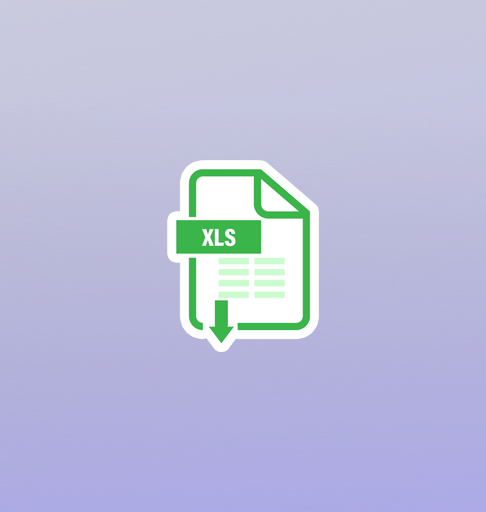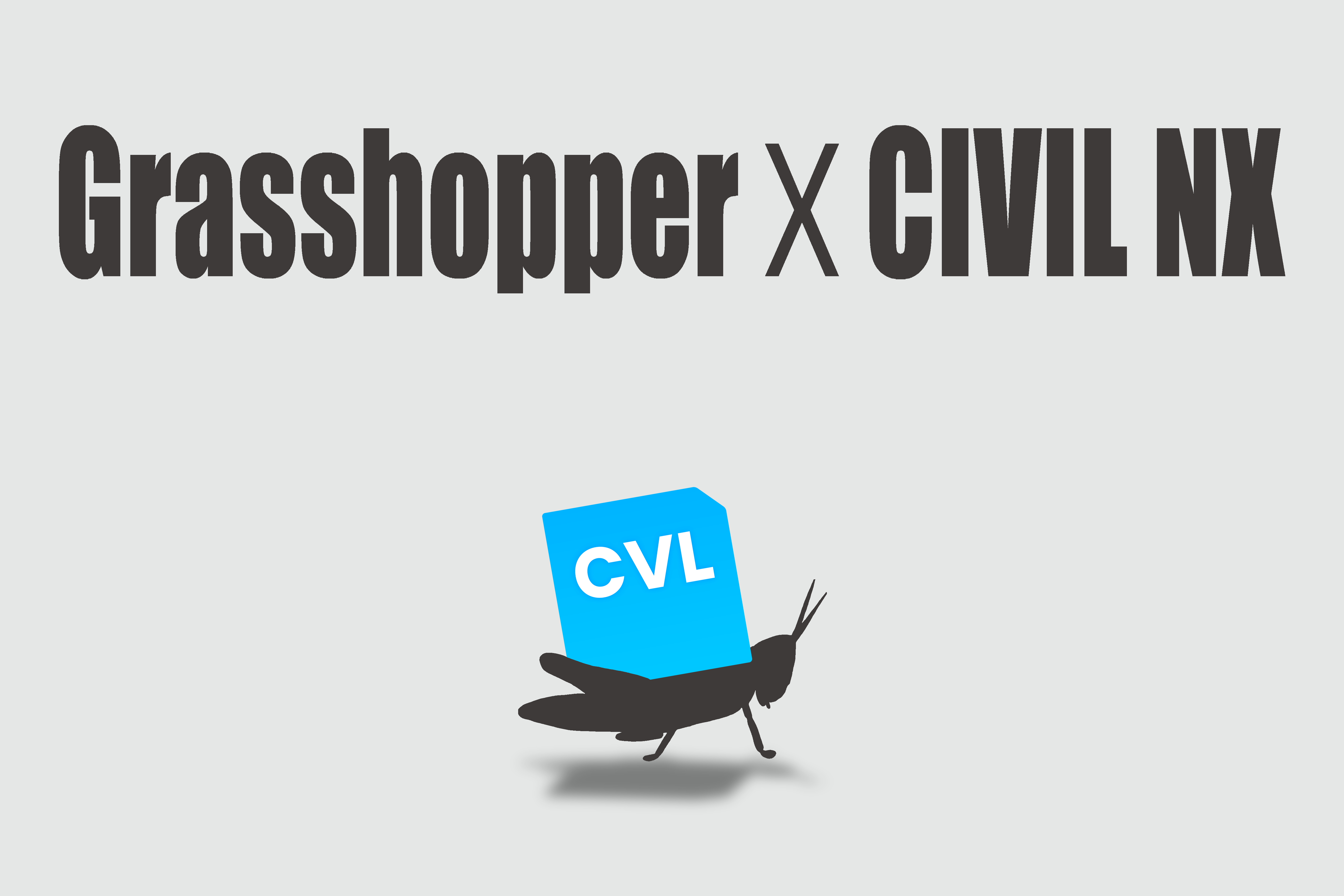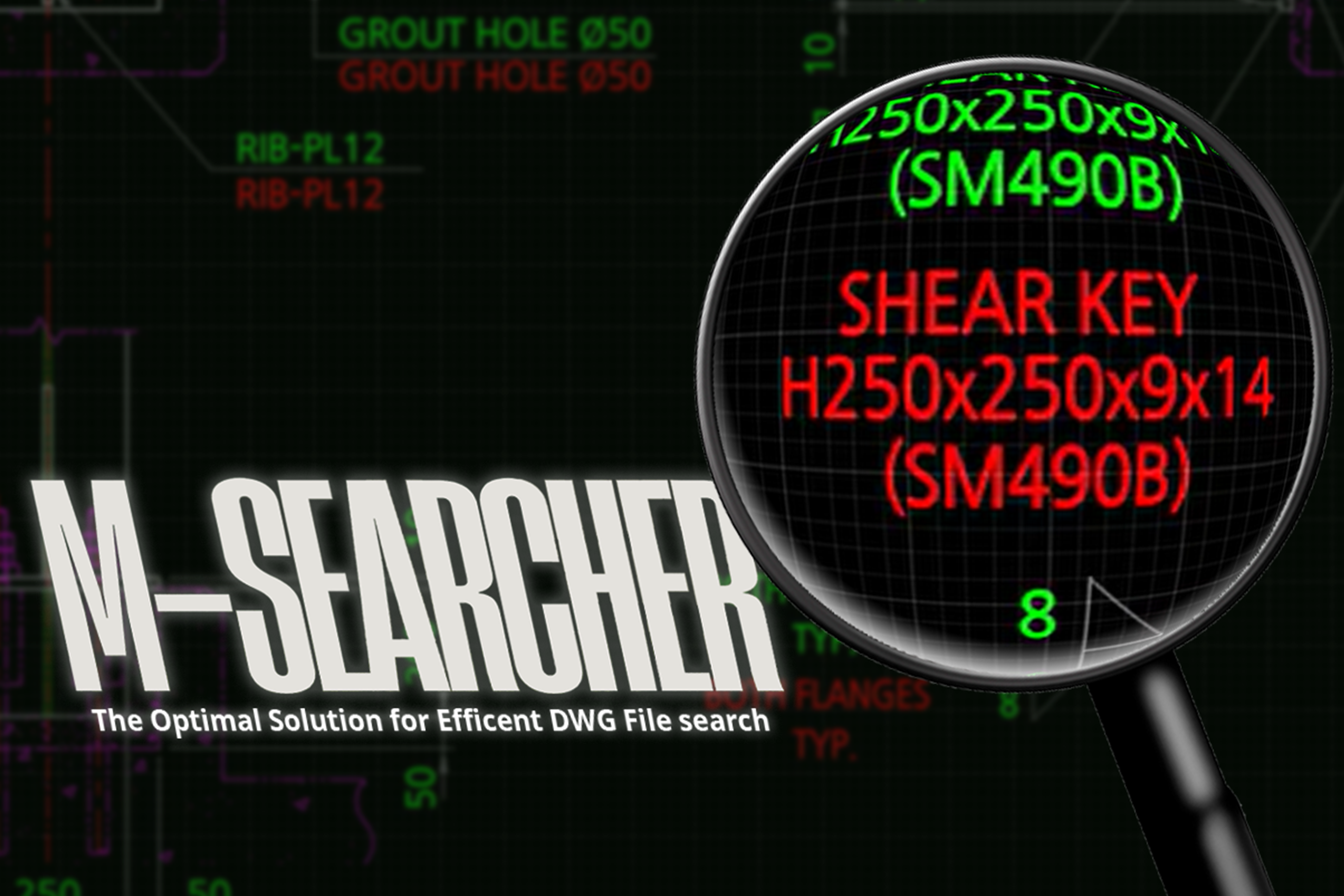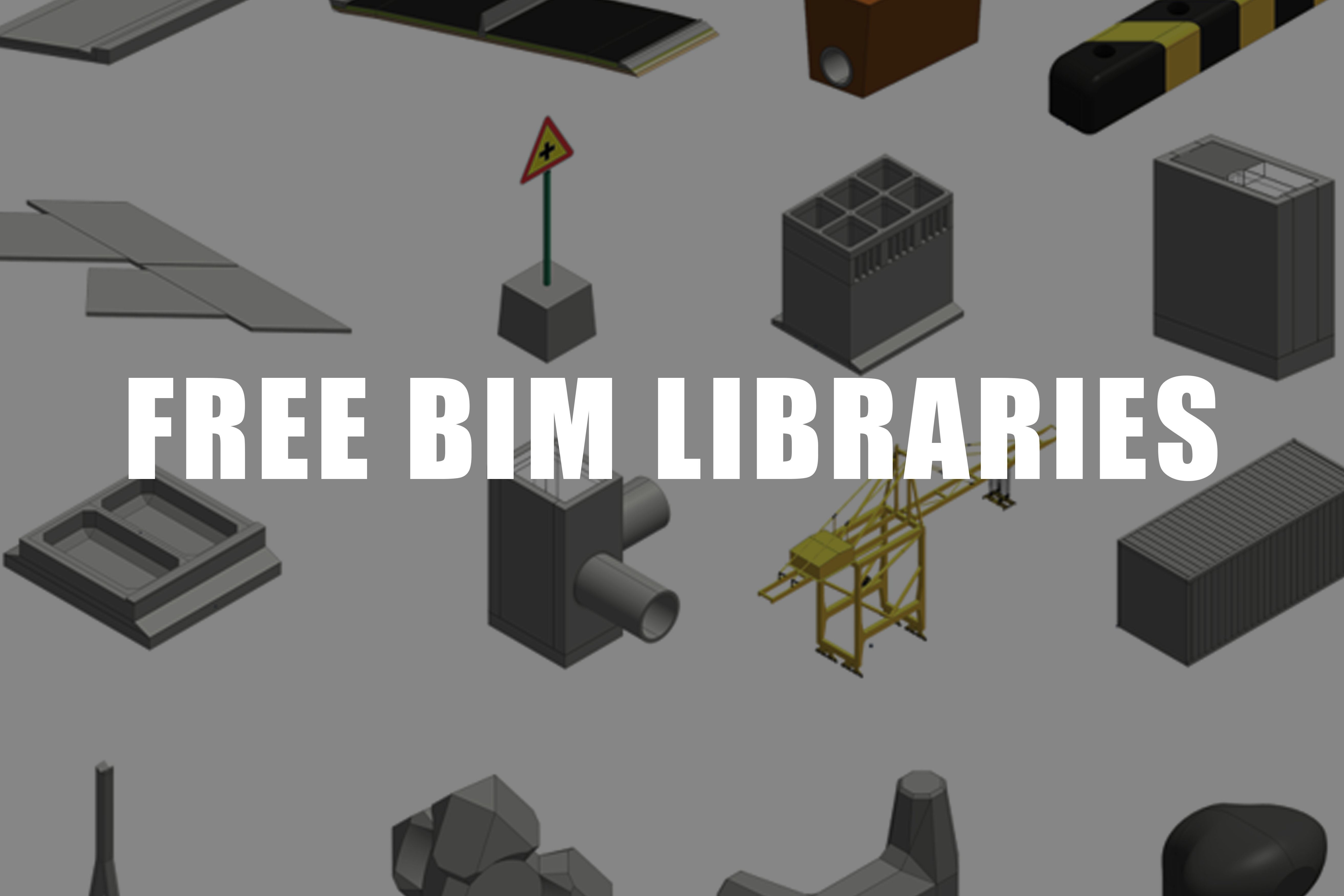1. Theoretical Background
Underground structures refer to constructions located within soil or rock or supported by them. These structures encompass a variety of forms, such as subway stations, tunnels, parking facilities, underground storage units, and even foundations for high-rise buildings. The design of such structures requires careful consideration of interactions with the soil, ensuring stability by harmonizing the physical and mechanical properties of the ground with the loads imposed by the structure.

Key aspects of structural analysis and design considerations for underground structures include:
Structural Analysis: Understanding and predicting how underground structures respond to various load conditions. This involves using analytical models to calculate stress, strain, and displacement, primarily through the Finite Element Method (FEM). Setting appropriate boundary conditions during the modeling process is critical.
Soil Characteristics: The stability of the structure is heavily influenced by the properties of the soil. Thorough geotechnical testing is essential to analyze soil strength, compressibility, and settlement characteristics.
Load and Member Design: Designing for various load conditions, including self-weight, live load, earth pressure, water pressure, buoyancy, and seismic loads, while checking the dimensions and reinforcement of members.
Serviceability Check: Ensuring the design adheres to allowable crack widths defined by local design standards (typically 0.2–0.3 mm). Crack width requirements can vary depending on durability, aesthetics, and waterproofing needs.
2. Structural Analysis and Design Methodology
Accuracy in Evaluating Soil Characteristics
The precision of structural analysis heavily depends on accurate evaluation of soil properties. Insufficient or inaccurate geotechnical investigations can lead to settlement or failure of the structure. Comprehensive geotechnical surveys must be conducted, and analysis must address heterogeneous soil conditions. Modeling should account for nonlinear soil behavior, and sensitivity analyses should be performed for various soil scenarios.
Limitations and Flexibility of Code-Based Design
Code-based design provides general design guidelines but may not encompass all site-specific conditions. Practitioners should use design codes as references while incorporating field conditions and specific project requirements into their design decisions. Over-application of safety factors can lead to overly conservative and uneconomical designs, so a balance between cost-effectiveness and safety is essential.
Clarity in Design Documentation
Design reports should convey design concepts and analysis results clearly and systematically. Assumptions, loading conditions, analysis methods, and code compliance must be detailed to ensure all stakeholders understand the design comprehensively.
3. Conclusion
The design of underground structures must ensure optimal safety and cost-efficiency by considering soil properties and local design standards. This requires an integrated approach encompassing geotechnical investigation, load analysis, code-based design, and structural analysis. Practitioners must balance field conditions with design code requirements, achieving a harmonious blend of practicality and compliance.
The attached Excel calculation sheet is prepared according to ACI standards and is practical for real-world applications. Engineers in practice will find it useful for verifying the design methods and procedures of underground structures.









